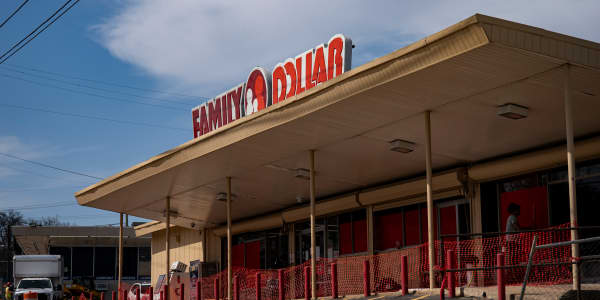United Parcel Service (UPS) is planning to hire an addition 95,000 workers for the holiday season — and technology will help make the most of the extra manpower.
The U.S. company's chief financial officer told CNBC Wednesday that the package delivery firm utilizes tech in real-time to enable "predictive distribution".
"There are not many businesses in the world that can flex up 100 percent for a four to six-week period," Richard Peretz, a member of CNBC's CFO Council, told Squawk Box.
"We plan all year not only internally with our operations, but with our customers to understand how volume will come in (and) when the highest volume dates will be."
As a result of this planning, UPS can prepare both its operations and workers — with many of the temporary hires being college students — for the busy holiday season.
"There are many different places that we go to find employees. Things like college campuses, where in the U.S. they are off basically from the week after Thanksgiving until the New Year," Peretz said.
But hiring so many extra workers for a short period presents the issue of wage costs rising sharply and productivity dropping.
Peretz said UPS uses technology to control these issues by, for instance, calculating how many miles each driver is capable of and the number of drivers the company needs, thereby improving productivity.
"The other thing is what I'll call predictive distribution," Peretz said. "With online commerce you don't necessarily know the percent, maybe it was 12 percent, of the volume (that) was going to Chicago one year and it spiked to 15 percent.
"By using technology in real time, you're able to make adjustments to your network to make sure you have the right capacity available."






